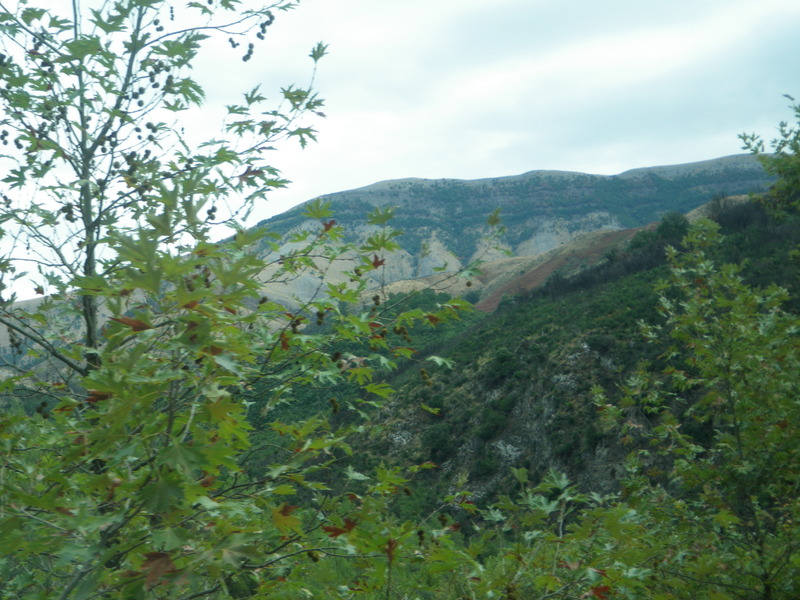
Inland from Butrint are mountains with slopes covered in scrub or forest, valleys with mighty rivers, more mountains, more valleys, and yet more mountains. Like much of central and southern Italy, Albania is a very rugged country, with many mountains over 2,000 meters high.

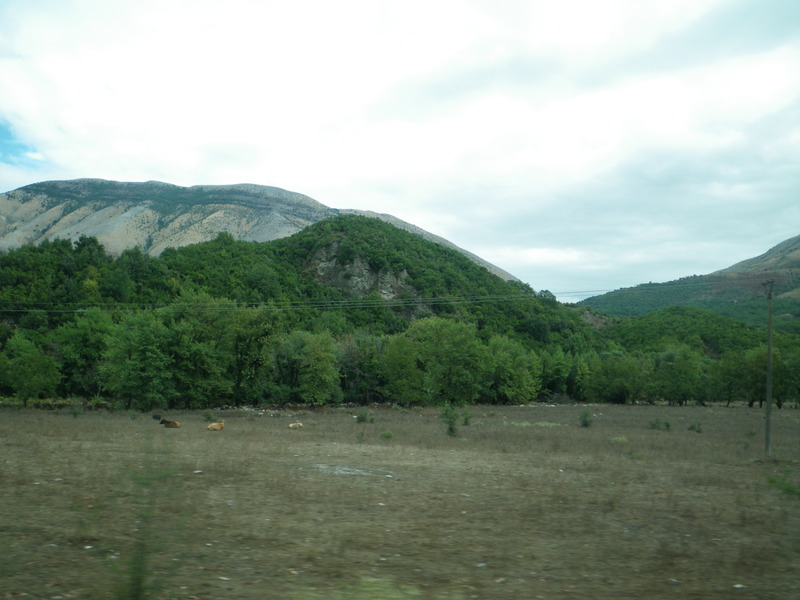

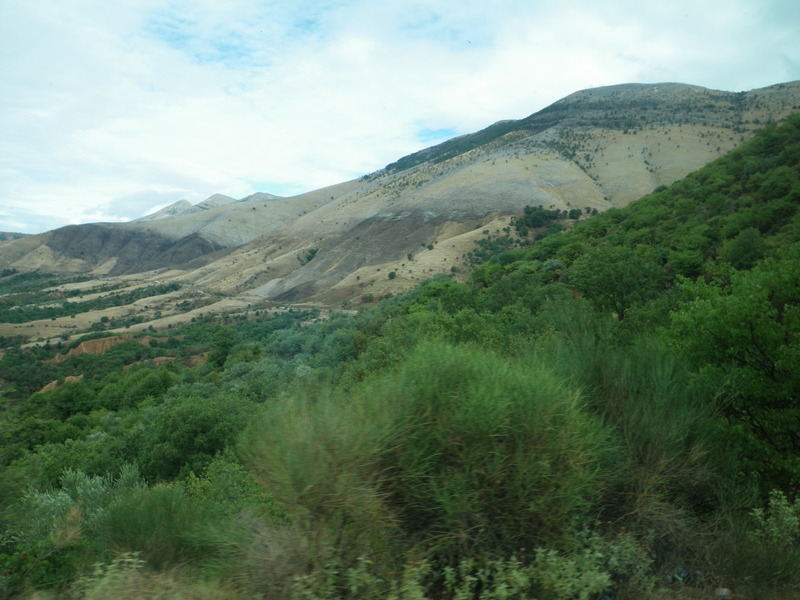


On the foothills of one of the mountains, by the side of the valley of the river Drino, lies Gjirokastra (there exist several different forms of the same name). In Latin, Castrum means fort, and Rome still has the Castro Pretorio, where the emperor's Pretorian guards were quartered. The first fortress on this location was built as early as the 15th century. As in Butrint, though even more so, Ali Pasha Tepelena had a mighty fortress built in Gjirokastra.





The fortress has a weapons museum and an artillery museum, including many pieces left behind by German and Italian forces in World War II. This is a light tank built by Fiat. The tank is quite small, no taller than I am.

And this is a U.S. T-33 that was forced to land near Tirana in 1957 and that the communist government labeled a spy plane.

The fortress is in a prominent position, and the views of the town and of the valley are nice.




The castle also had some interesting trees, including a Ligustrum tree and a horse-chestnut tree. While the Ligustrum that is common as a hedge is not the same species as this, the horse-chestnut that is planted worldwide originates in this part of the world. This picture is of the Ligustrum. There were also many flowers.


The old town has nice slate roofs, narrow streets, and charming buildings, some of them with "for sale" signs.





The old town also has a small mosque. Nobody paid much attention when the call to prayer was broadcast from the minaret.


The paving stones on some of the roads are arranged in alternating white and dark stripes.

Gjirokastra as given birth to several famous people, including Enver Hoxha, the former communist dictator of Albania. He favored Gjirokastra by building several heavy industries and promoting local articrafts, including wood carving of furniture.


Albania suffered some instability after the fall of Communism, and during that time, Hoxha's factories in Gjirokastra were destroyed.
The famous author Ismail Kadare is also from Gjirokastra, and these days is much better liked than Enver Hoxha.
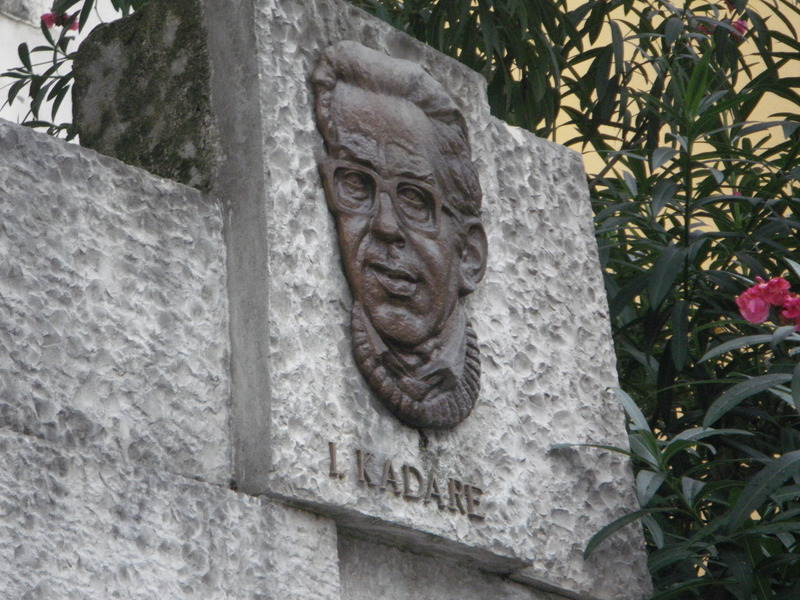
The Drino river flows into the Vjosa river at Tepeleni, birthplace of Ali Pasha Tepelena. Ali Pasha also had a castle in Tepeleni. The place where the Drino flows into the Vjosa river is dramatic, at the foot of a large mountain. The second picture also shows one of the many bunkers built by volunteers throughout Albania on the encouragement of Enver Hoxha, who thought they would be necessary for defense.


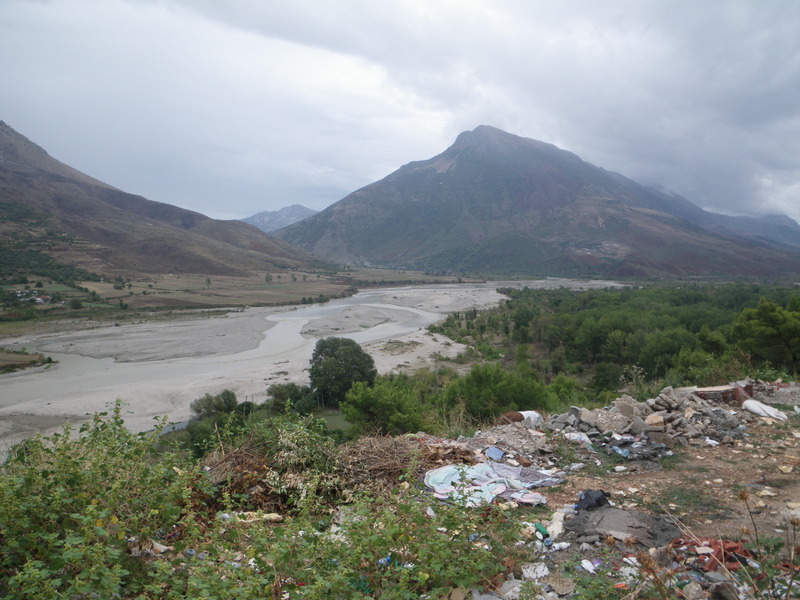


Tepeleni is one of the places where my father served in the Italian military in World War II. After taking over Albania in April 1939, in October 1940 Mussolini declared war on Greece, and Italian troops invaded Greece from Albania. The Greeks fought back vigorously and invaded Souther Albania, reaching as far as Tepeleni.
In the Spring of 1941, Germany attacked Greece and Jugoslavia, and Greece soon had to surrender.
My father was lucky to be stationed in Tepeleni only after Greece surrendered. He did not have to fight the Greeks or the Albanians. He was assigned to maintain and repair the telephone service. To maintain the telephone lines, he had to travel in the area around Tepeleni, and later in Valona (Vlore) and the Logora Pass. He also visited a friend in Durazzo (Durres).
I am lucky to be visiting Albania with my father.